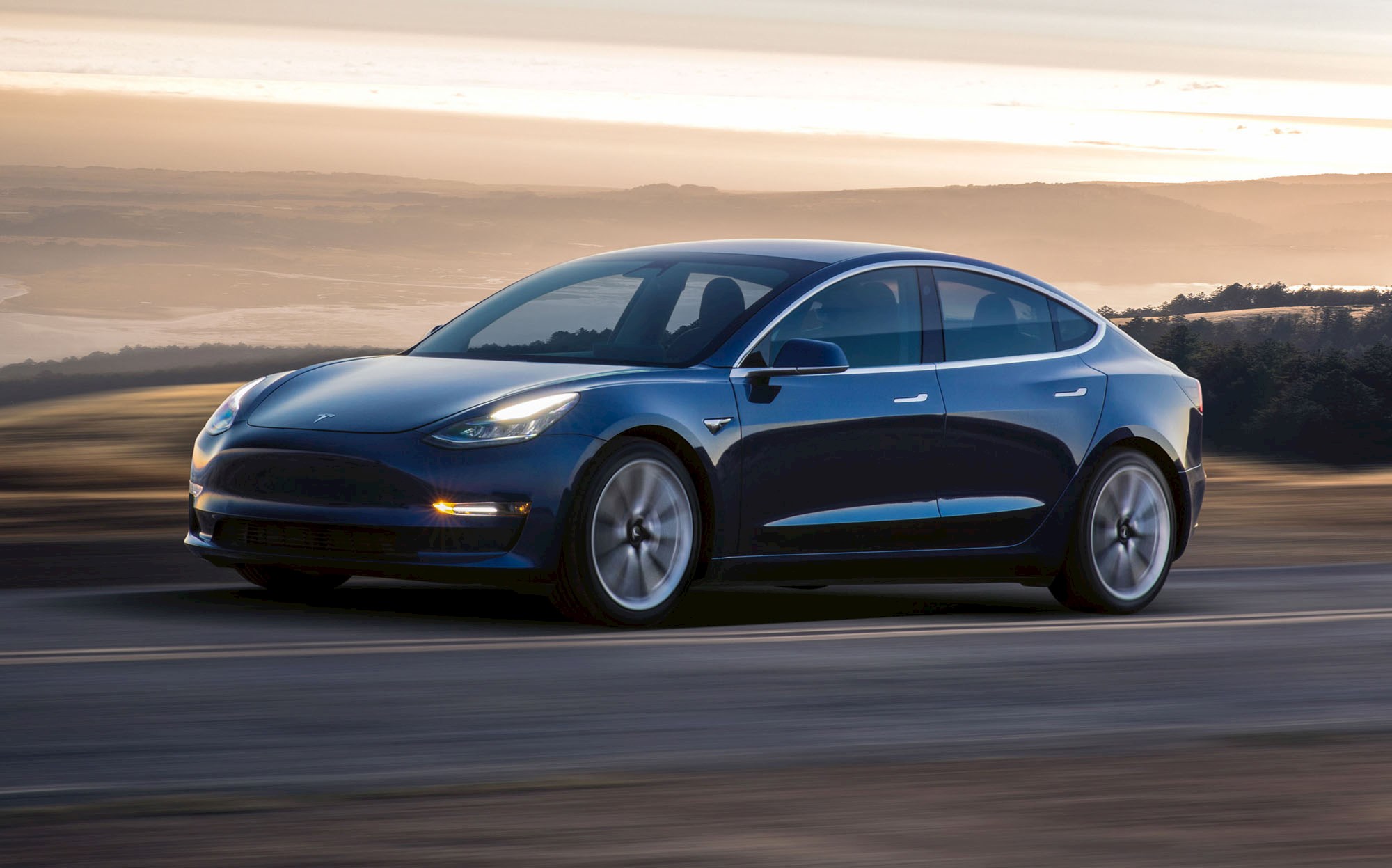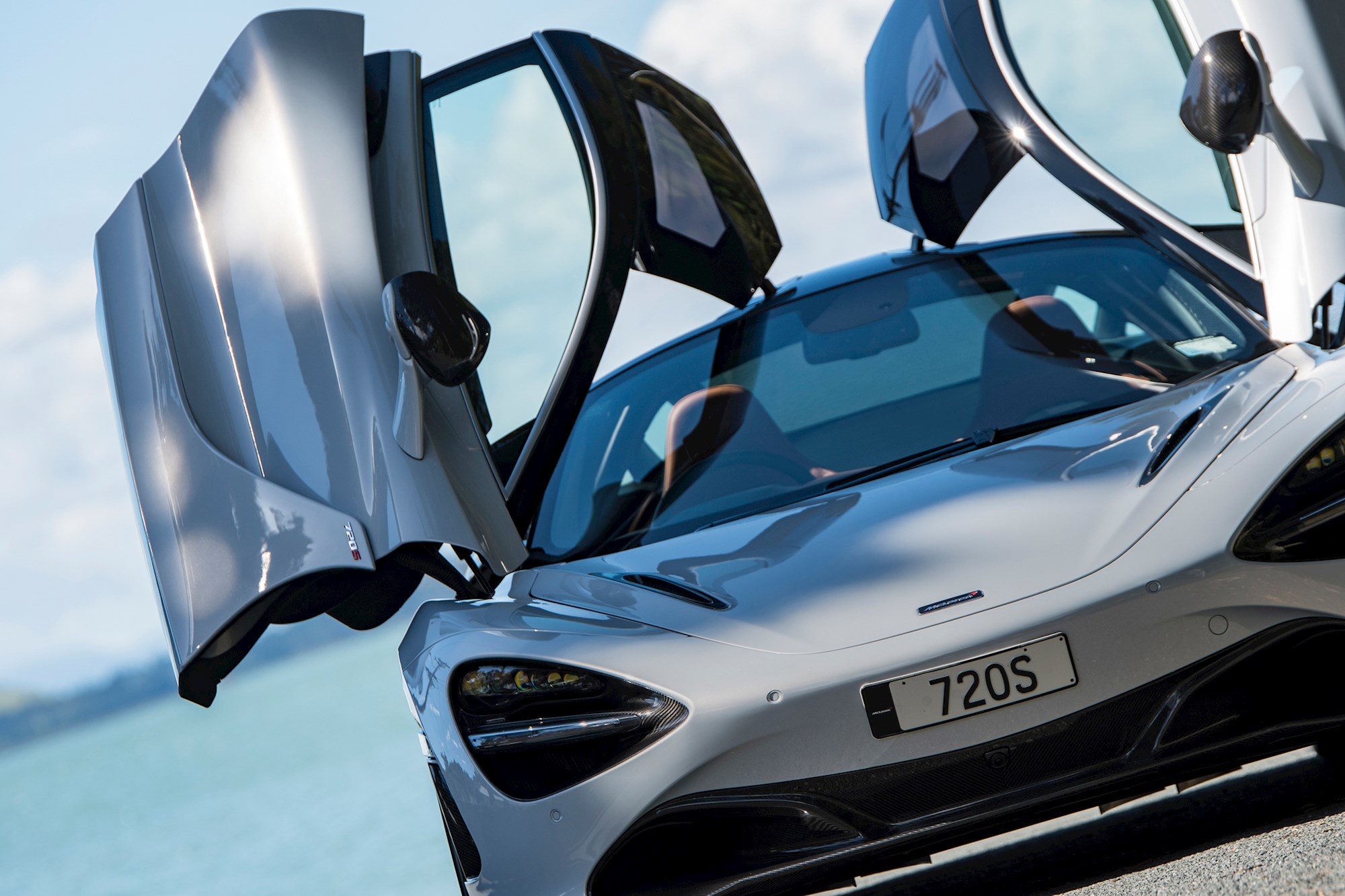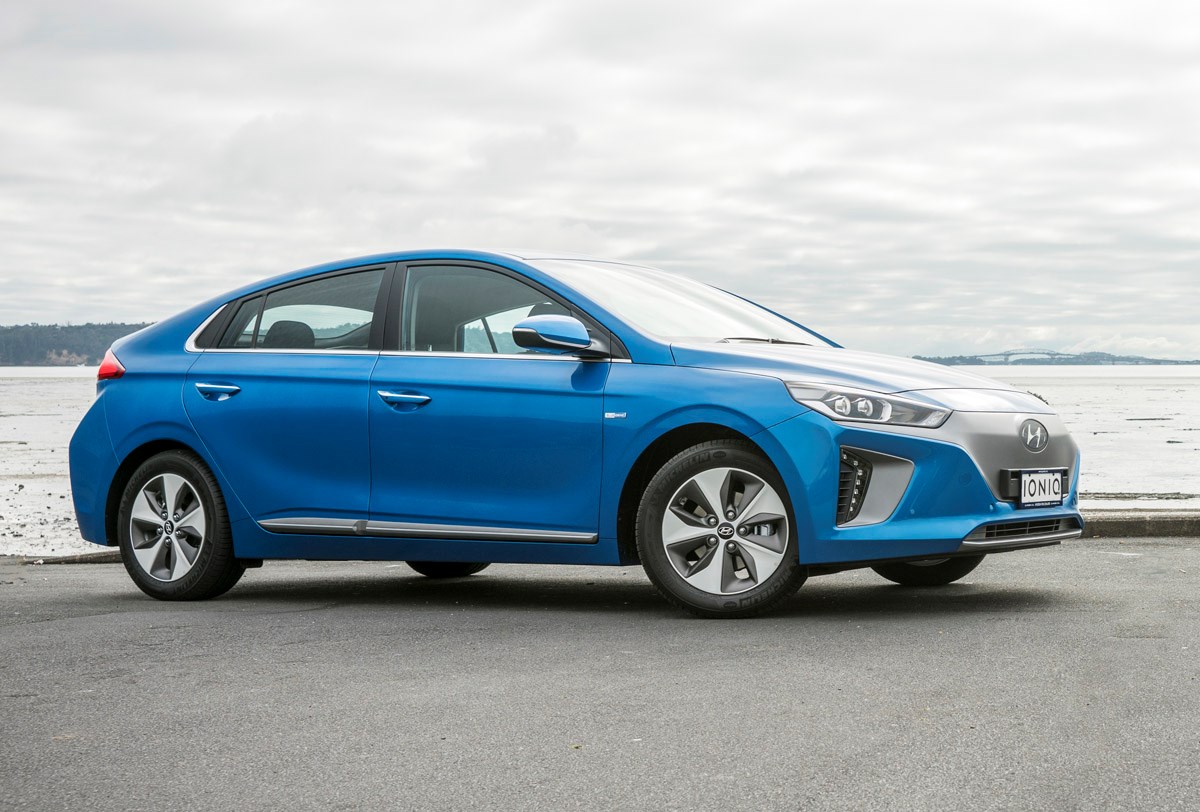Low- and zero-emission vehicles were clearly a hot topic at the 2018 Geneva Motor Show. Following the Dieselgate scandal and a widespread shift in attitudes towards pollution, nearly every mainstream manufacturer is now developing an electric vehicle or some sort of hybrid.
But what's the difference between an electric car and a hybrid? Why are some hybrids different to others? Which sort is best? And is a hybrid an electric car?
There's a great deal of confusion surrounding this. Car manufacturers' primary concern is selling cars, rather than informing the public about technology, which is why general understanding of these issues can be hazy. What's more, knowledge takes a rather circuitous route from the engineering laboratories to the press (via marketing departments and PR agencies) so some of the information printed on the subject is simply wrong.
What is an electric car, or ‘EV’?
An electric car is one that runs on, and is ‘charged up’ with, electric power alone. An electric car is only ever refuelled with electricity itself, which enters the car (normally) by means of a charging cable, and never by liquid or other fuel. The electricity is stored in batteries before being used by electric motors to drive the car’s wheels.
This is in contrast to hybrid cars, which have electric elements to their powertrains but which cannot be considered ‘electric cars’ due to the presence of a petrol engine. This point has caused confusion recently, as some manufacturers (and indeed commentators) have incorrectly referred to hybrid cars as ‘electric cars’.
Electric cars are becoming commonplace thanks to certain financial advantages, including government grants and the lower cost of “filling up” compared to a tank of petrol. They’re considered better for the environment due to the fact they emit no exhaust gases. Popular examples of electric vehicles (often abbreviated to “EV”) include the Nissan Leaf, Renault Zoe, and Tesla Model S.
Electric vehicles have several key benefits when compared to ordinary petrol and diesel cars, as well as increasingly popular hybrid cars. Electric vehicles emit no pollution at the tailpipe, which means they have a much smaller local environmental impact. They operate very quietly and are generally extremely easy to drive, with no real gearbox to speak of and a great deal of power at low speeds. You can drive an electric car on an automatic-only driving licence.

Disadvantages include the need to ‘charge’ an electric vehicle, which takes far longer than filling a tank of petrol or diesel – usually several hours in comparison to a couple of minutes. Some electric cars can be half-charged in a shorter time, but this will ordinarily be around 45 minutes. During this time, the vehicle must be physically connected to a plug socket, which makes EV ownership difficult unless you own a driveway or having a charging point at work.
Environmentally, there are still big questions as to where the electricity for electric cars will come from, with some critics pointing out that the indirect emissions from electric vehicles are comparable to those of a petrol-electric hybrid. And as with any car, much of its lifecycle carbon output is generated as it's being built.
What is a hybrid, a plug-in hybrid or mild hybrid car?
The term ‘hybrid’ is technically quite vague, but in the context of cars almost always refers to a petrol-electric powertrain. This means the car uses a combination of electricity stored in batteries and petrol stored in a tank to propel the car forward. The details of this arrangement will vary from car to car.
A hybrid vehicle will almost always be able to charge its own batteries using the petrol engine. In some cases, this is all the petrol engine is there for – to recharge the batteries, which power the electric motors. In other types of hybrid, the petrol motor drives the wheels directly, but an additional battery/motor combination adds some electric drive.
In ‘mild hybrids’, the amount of electric power that drives the wheels is limited. The car won’t normally drive on electric power alone, but a small electric motor can be used to fill in the gaps. These systems are cheaper than ‘full hybrid’ models but have a much smaller benefit it terms of emissions.
Photo / Ted Baghurst
Some hybrid cars are what’s known as ‘plug-in’ hybrids. As the name suggests, these cars can be plugged-in to the national grid by means of a cable. This will charge the car’s batteries and reduce the amount of petrol that needs to be used, which in turn reduces the cost per mile as well as the exhaust emissions of the car. There is no requirement to plug the car in though (unlike with electric cars) and many owners choose not to.
Examples of hybrid cars include the ubiquitous Toyota Prius, the generously-proportioned Mitsubishi Outlander PHEV, and the the sporty BMW i8.
To make things more confusing, some models are available as a petrol car or as a hybrid. And more bafflingly still, some hybrids have a plug-in option. You’d be surprised at how many cars are now available as a hybrid of some description, though – the Volkswagen Golf, Mercedes E-Class, Volvo XC90 and BMW 3-Series are all now available with hybrid power trains.
The primary reason for using a hybrid car is to reduce the amount of liquid fuel you use. This will ordinarily save you money and be better for the atmosphere. However, it’s important to remember that any savings you make (financial or environmental) will depend on the way in which you use your vehicle, and that the increased cost of buying a hybrid might outweigh the amount you save on fuel.
What do people mean by 'internal combustion', and what is an ICE car?
The car motor as we've known it for the past hundred years is an 'internal combustion engine'. There are several variations on the theme, but they nearly always involve burning a liquid fuel (generally petrol or diesel) inside a cylinder, to move a piston, to create motion. Internal combustion engines were chosen over their rivals (such as the steam engine) because they're relatively well-suited to powering automobiles.

Now, though, the environmental cost is becoming clear. Not only do they normally run on fossil fuels, a finite resource, but the pollution they cause has a harmful impact on both local and global levels. This is why the government has announced plans to stop sales of pure internal combustion vehicles from 2040 onwards.
This does not mean the end of the internal combustion engine altogether, however. The technology remains an integral part of hybrid cars – whereas a conventional 'ICE' car uses its engine to turn the wheels directly, a hybrid car uses its engine in conjunction with a battery and electric motor.
To most consumers, the difference is slight. Apart from quieter operation and reduced fuel bills, many motorists wouldn't notice any change if they swapped a conventional ICE car for a hybrid. The impact of the planned ban on petrol and diesel cars has, it could be argued, been exaggerated.
What about hydrogen – what is a hydrogen fuel cell car?
At the moment, petrol, diesel and electricity are the only practical ways of transferring energy to a car for most people. The millions of plug sockets and thousands of fuel stations make it relatively easy to refuel a hybrid, EV or pure ICE car in Britain, even if there are downsides to both. However, for the more adventurous (and geographically serendipitous) there is another way – hydrogen.
A hydrogen fuel cell car is refuelled with compressed hydrogen. The car itself then turns the hydrogen into electricity, which it uses to drive its wheels. The emission from this process is pure water – clean enough to drink.
The technology is still in its infancy, but there are some clear advantages over fossil fuels, as well as a number of benefits in comparison to plug-in electric vehicles. Hydrogen is generated via a process called electrolysis, which can be done on a small scale in-situ. A tank of hydrogen does not require It can also be pumped into a car quickly, resembling the process of refueling a petrol car.
It’s too early to recommend this technology to most buyers (only two fuel cell vehicles are currently for sale in the UK anyway) but hydrogen fuel cell mobility has enormous potential.
Whatever happens, it’s important to remember that technology develops rapidly, and that there’s more to mobility than petrol pumps and charging cables. It is exceptionally difficult to predict what will happen in the 23 years between now and 2040.
Hybrid cars, electric cars, and the 2040 petrol/diesel ban

Some governments have announced that there will be no more new petrol or diesel cars for sale in coming years. So when these new law is enacted, what will we be left with?
Well, pretty much anything you want. With the exception of a handful of smaller producers, all the mainstream car brands currently offer vehicles that comply with the 2040 rule, in addition to some that won't. In fact, if the law was passed tomorrow, car buyers wouldn’t find it that much of a struggle to find a model they’d be happy to purchase. That’s because hybrid cars – those with wheels driven by both a normal engine and an electric motor – will still be on the market after 2040.
Pure petrol and pure diesel cars are a dying breed anyway, with manufacturers in every segment embracing hybrid, electric and other technologies in order to save their customers money and reduce pollution. And remember that these rules only applies to sales – driving and owning a petrol or diesel car will, as far as we’re aware, also be perfectly legal after these dates.
- Telegraph UK




